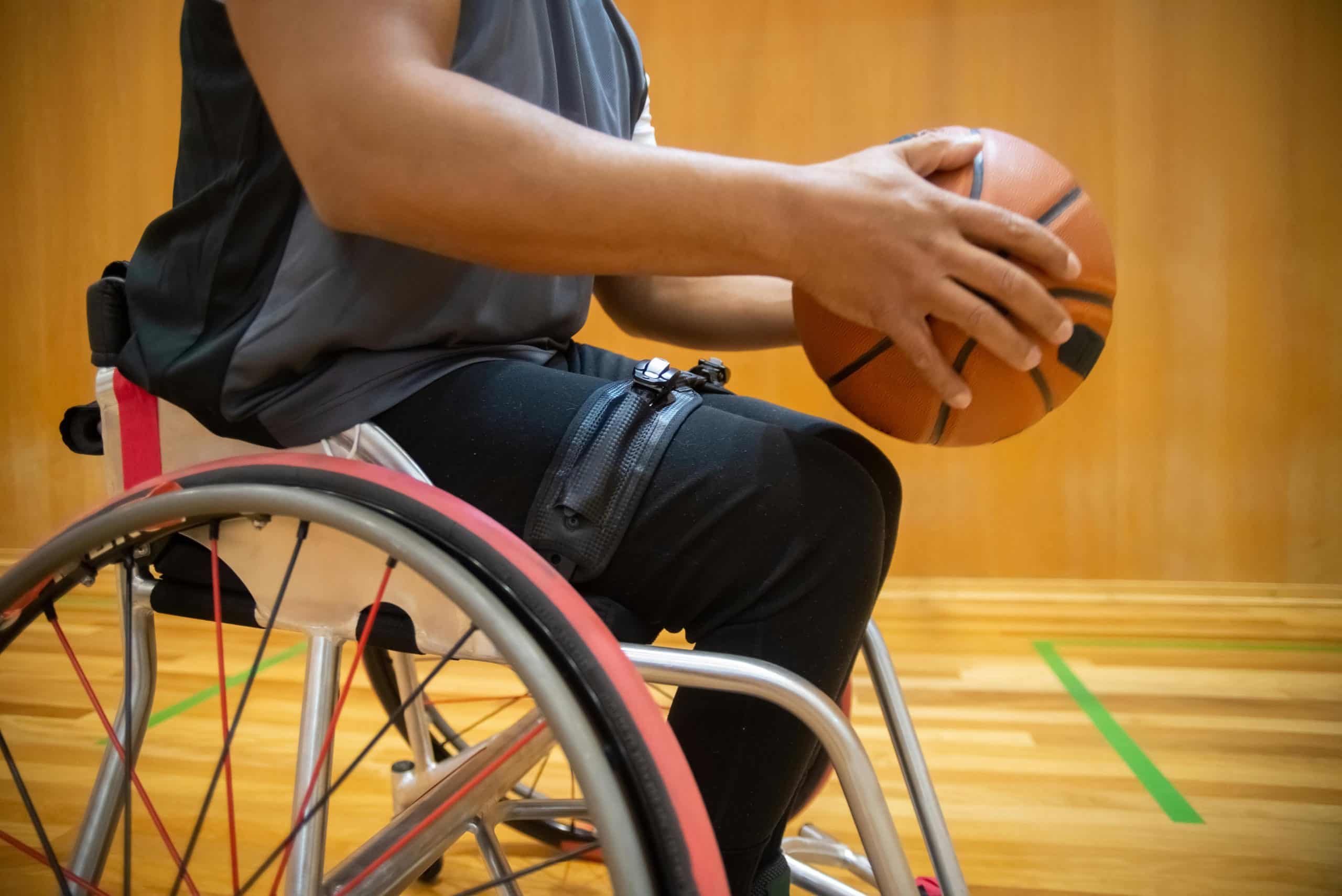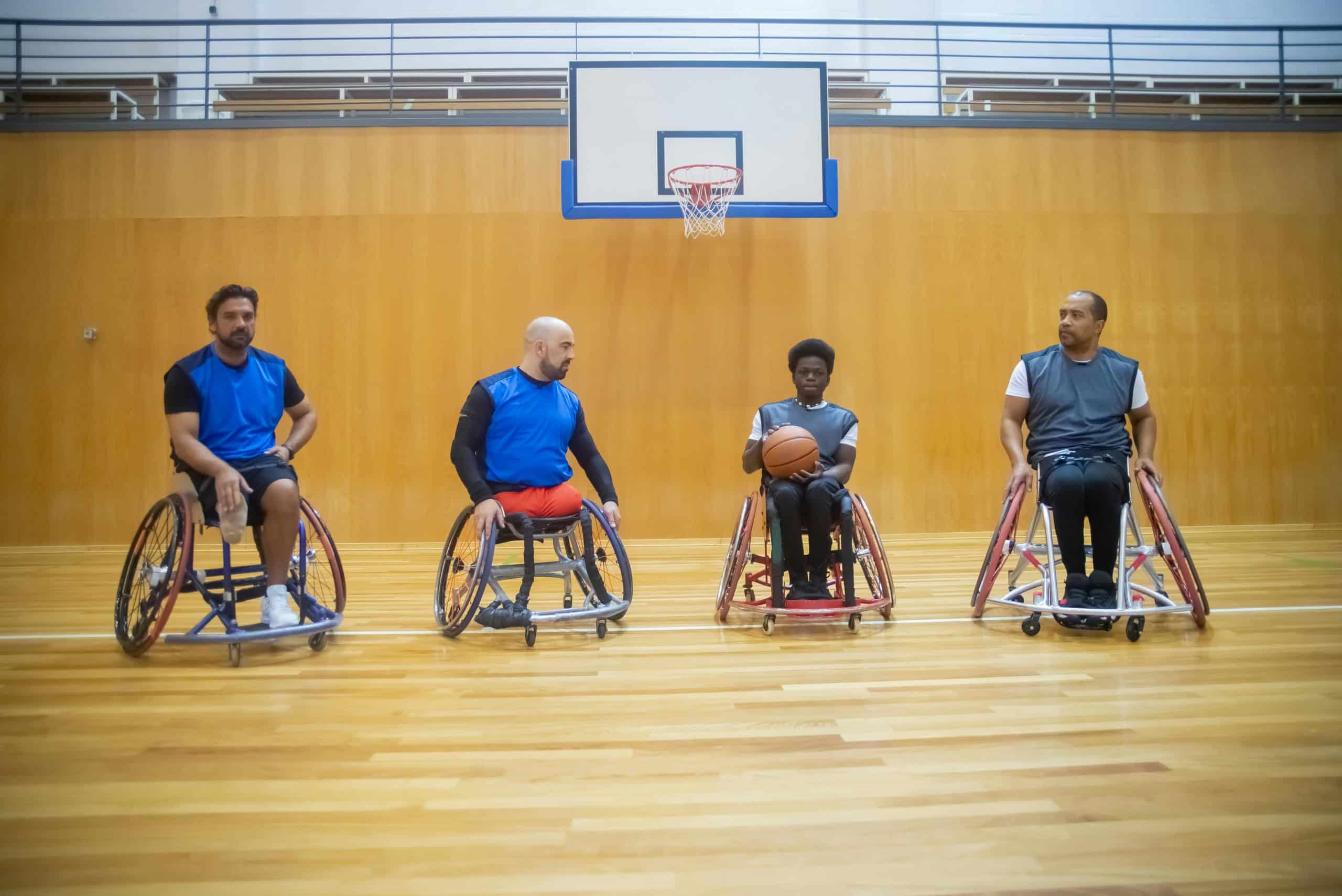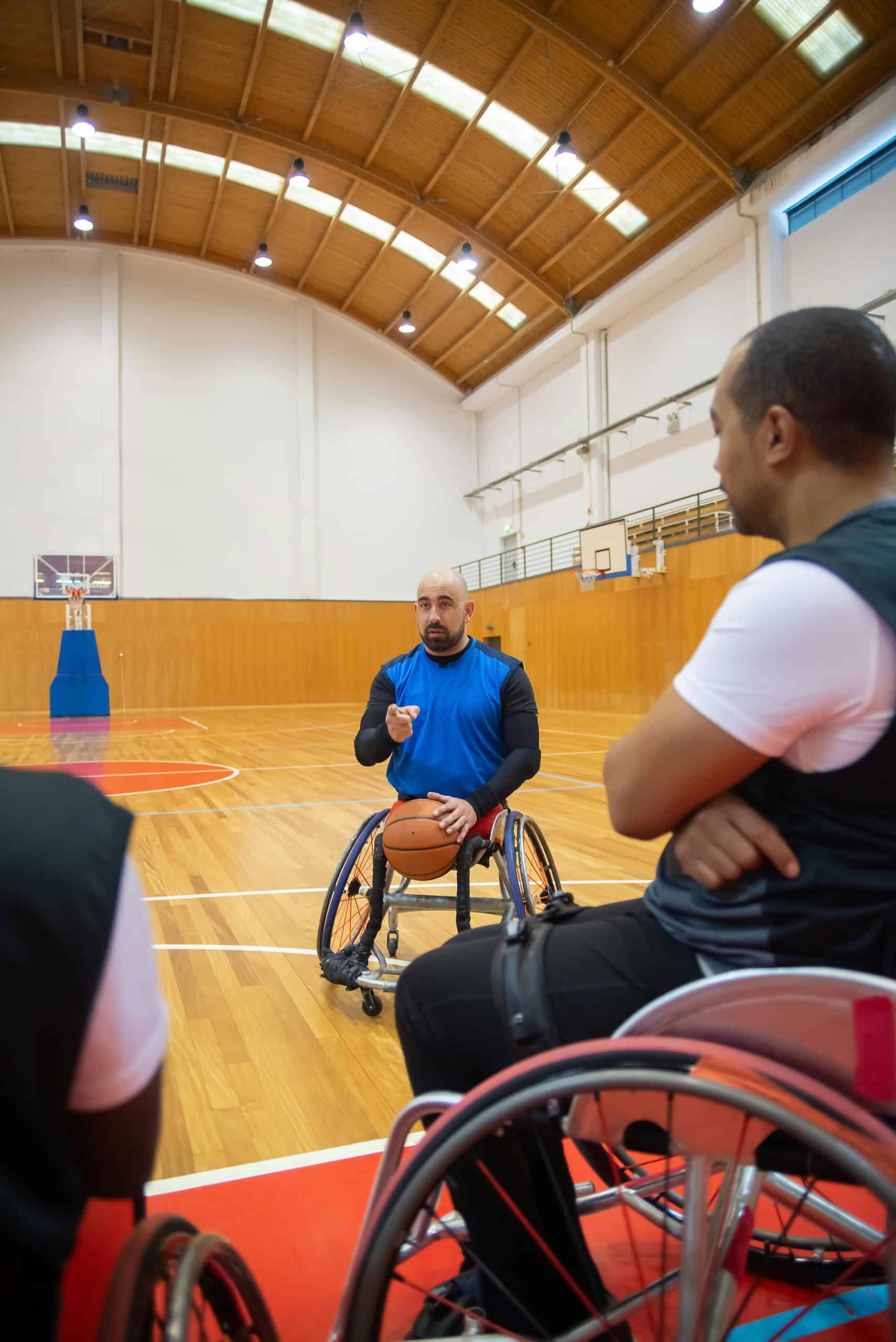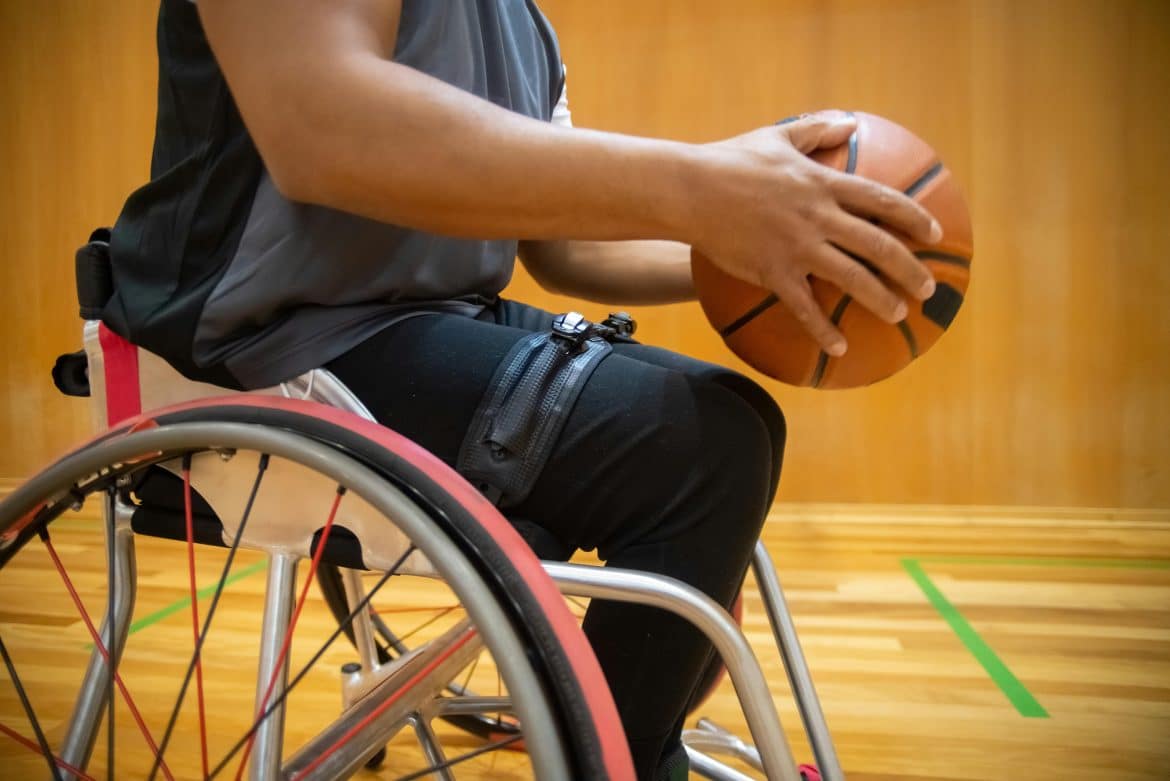So, you've recently welcomed a litter of adorable, tiny puppies into your home and you want to ensure they stay warm and comfortable during their early stages of life. That's where a heat lamp comes in handy! In this article, we will guide you through the appropriate duration for using a heat lamp for puppies, as well as provide valuable safety tips to ensure the well-being of these precious little beings. By the end, you'll have all the knowledge you need to keep those furry bundles of joy cozy and content.
Choosing the Right Heat Lamp
When it comes to choosing the right heat lamp for your newborn puppies, there are a few factors you should consider. One of the first things to think about is the wattage of the heat lamp. You want to select an appropriate wattage that will provide enough heat for the puppies without overheating them. Generally, a wattage between 100-150 watts is suitable for most situations. However, it's always a good idea to consult with a veterinarian to get specific recommendations based on your particular circumstances.
Another important aspect to consider when selecting a heat lamp is the type of bulb to use. There are various options available, including incandescent, infrared, and ceramic bulbs. Each type has its advantages and disadvantages, so it's important to research and understand their differences. In general, incandescent bulbs produce a steady heat, while infrared bulbs emit heat that is more concentrated. Ceramic bulbs, on the other hand, provide a gentler and more natural heat source. Consider the unique needs of your puppies and choose the bulb that is best suited for them.
Adjustable height lamps are also worth considering when selecting a heat lamp. Puppies grow quickly, and their heat requirements may change as they develop. Having the ability to adjust the height of the lamp ensures that you can maintain an optimal temperature for the puppies at all times. This flexibility allows you to meet their changing needs as they grow and develop.
Determining the Ideal Duration for Heat Lamp Usage
Understanding the needs of newborn puppies is crucial when determining the ideal duration for heat lamp usage. Puppies rely on external heat sources to regulate their body temperature during their first few weeks of life. The duration of heat lamp usage will vary depending on several factors.
One important consideration is the ambient temperature of the environment where the puppies are kept. If the room is warm and maintained at a comfortable temperature, the puppies may require less heat from the lamp. On the other hand, if the room is colder, the puppies will rely more heavily on the heat lamp to stay warm. It's essential to monitor the ambient temperature regularly and adjust the duration of heat lamp usage accordingly.
As the puppies grow and their ability to regulate body temperature improves, their dependency on the heat lamp will gradually decrease. It's important to observe their behavior and comfort levels to determine when they are ready to transition to relying solely on their own body heat. This transition should be gradual to ensure the puppies' well-being and comfort throughout the process.

This image is property of images.pexels.com.
Positioning the Heat Lamp
Proper positioning of the heat lamp is essential to ensure the puppies' safety and comfort. Maintaining an adequate distance between the heat lamp and the puppies is crucial to prevent overheating and potential burns. The general rule of thumb is to keep the lamp at a distance of at least 18-24 inches from the puppies' bedding area. This distance allows for optimal heat distribution without posing a risk of overheating.
Additionally, proper ventilation is essential when using a heat lamp. Ensure that the heat lamp is in a well-ventilated area to prevent the accumulation of heat and potential discomfort for the puppies. Avoid placing the lamp in an enclosed space or near flammable materials to reduce the risk of fire hazards.
It's crucial to avoid direct exposure of the puppies to the heat lamp. Direct contact with the lamp can result in burns or discomfort. Position the lamp in a way that provides indirect heat to the puppies' bedding area while still maintaining the appropriate distance and ventilation.
Monitoring and Adjusting Temperature
Monitoring the temperature in the puppies' environment is vital to ensure their comfort and well-being. Using a thermometer to measure the temperature is an effective way to ensure optimal heat levels. Place the thermometer near the puppies' bedding area at the same height as their bodies to get an accurate reading of their immediate surroundings.
It's important to prevent overheating or hyperthermia in the puppies. Puppies are more sensitive to extreme temperatures, and overheating can be dangerous. Keep a close eye on the thermometer and adjust the height or wattage of the heat lamp accordingly to maintain a comfortable temperature range for the puppies.
In addition to monitoring the temperature, it's crucial to observe the puppies for any signs of discomfort. If they appear restless, pant excessively, or seek areas further away from the heat lamp, it may indicate that they are too hot. On the other hand, if they huddle together, shiver, or seek warmth, it may suggest that they are too cold. Continuously monitoring the puppies and their behavior will help you make necessary adjustments to ensure their comfort.

This image is property of images.pexels.com.
Safety Measures to Follow
Ensuring the safety of the puppies is of utmost importance when using a heat lamp. Properly securing the heat lamp is essential to prevent accidents or injuries. Make sure to use sturdy fixtures or clamps to secure the lamp in place, ensuring that it cannot fall or be knocked over by the puppies or other pets.
Eliminating potential fire hazards is also crucial to maintain a safe environment for the puppies. Ensure that the heat lamp is not placed near flammable materials such as bedding, curtains, or furniture. Keep the area surrounding the lamp clear of any potential hazards. Regularly check the lamp and its components for any signs of damage or malfunction to prevent potential accidents.
Keeping cords and wires away from the puppies is essential to avoid any risk of entanglement or electrocution. Secure the cords properly and ensure they are out of reach of curious puppies. Consider using cord covers or placing them in areas inaccessible to the puppies to minimize the risk.
Potential Risks and Precautions
When using a heat lamp for puppies, it's important to be aware of potential risks and take necessary precautions to prevent accidents or injuries. Burns and scalds are a common risk associated with heat lamps. Ensure that the lamp is positioned at an appropriate distance to avoid direct contact with the puppies' skin. Regularly check the temperature in the puppies' environment and adjust the lamp's height or wattage accordingly to prevent overheating and potential burns.
Minimizing the risk of electric shock is also crucial. Make sure to use heat lamps specifically designed for pet use, as they typically have safety features to prevent electric shock. Regularly inspect the lamp and its components for any signs of damage or wear. If you notice any frayed wires or other potential hazards, immediately replace the lamp or seek professional assistance.
Ensuring that the heat lamp is out of reach of the puppies is vital to their safety. Puppies are naturally curious and may try to explore or chew on the lamp, which can lead to accidents or injuries. Secure the lamp in a way that prevents the puppies from accessing it. Consider using barriers or protective enclosures to create a safe zone around the heat lamp.

This image is property of images.pexels.com.
Supplemental Heating Methods
In addition to using a heat lamp, there are other supplemental heating methods you can consider to provide additional warmth for the puppies. Heat pads or blankets designed specifically for pets can be used to provide localized warmth. These pads or blankets can be placed in the puppies' bedding area, providing a cozy and warm spot for them to rest. Make sure to follow the manufacturer's instructions and recommendations when using these heating methods.
Creating a warm nesting area for the puppies is another way to ensure their comfort. Use soft and insulating bedding materials such as blankets or towels to create a warm and cozy spot for the puppies to sleep. Line the bedding with a waterproof layer to prevent any moisture or accidents from reaching the puppies.
Utilizing warm water bottles can also be effective in providing additional warmth. Wrap a warm water bottle in a towel or cloth and place it near the puppies' bedding area. The gentle heat from the bottle can provide a comforting and cozy environment for the puppies.
Consulting with a Veterinarian
When it comes to caring for newborn puppies, it's always a good idea to consult with a veterinarian. They can provide valuable guidance and advice based on their expertise and experience. A veterinarian can help you assess the specific needs of your puppies and provide recommendations on heat lamp usage and other heating methods.
Discussing the specific breed requirements with a veterinarian is crucial. Certain breeds may have unique characteristics or health considerations that should be taken into account when using a heat lamp. The veterinarian can provide insights on breed-specific requirements and help you adjust your approach accordingly.
Addressing any concerns or questions you may have is another benefit of consulting with a veterinarian. They can provide reassurance, answer any queries, and provide valuable information to ensure the well-being and optimal care of the puppies.
Transitioning and Weaning
As the puppies grow and develop, it's important to gradually reduce their dependence on the heat lamp. Their ability to regulate body temperature improves over time, and it's important to transition them to relying solely on their own body heat.
Start by gradually decreasing the duration of heat lamp usage. Monitor the puppies closely during this transition period and observe their behavior and comfort levels. If they appear to be comfortable without the heat lamp for extended periods, you can continue reducing the usage until they no longer require it.
Introduce the puppies to room temperature gradually. Allow them to spend short periods in a room with a slightly lower temperature to acclimate them to the change. Monitor their behavior and comfort levels during this process. If they start exhibiting signs of discomfort or seek warmth, consider reintroducing the heat lamp temporarily until they adjust to the new environment.
Continuously monitor the puppies' comfort level throughout the transition and weaning process. Their well-being and comfort should guide your decisions and adjustments. Remember, each puppy may have slightly different needs, so it's important to observe them individually and make necessary modifications accordingly.
Conclusion
Choosing the right heat lamp, determining the ideal duration for usage, and ensuring proper positioning and monitoring are all crucial factors in providing optimal care for newborn puppies. By following safety measures and taking necessary precautions, you can create a safe and comfortable environment for the puppies to thrive. Consulting with a veterinarian, utilizing supplemental heating methods, and gradually transitioning the puppies to relying on their own body heat are all important steps in their development. With careful attention to their needs and well-being, you can provide the best care possible for your newborn puppies.


